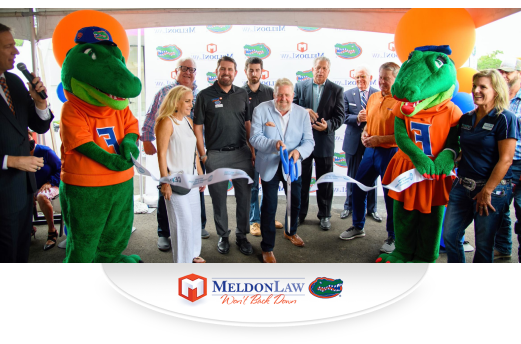Understanding Dog Bite Cases

Landlord’s duty to Remove a “Dangerous Dog:”
Generally, property owners in Florida have a legal responsibility to keep their property reasonably safe for all invited guests. In 1987 the 4th DCA issued a critical decision that made it clear that this general legal responsibility included the duty to protect co-tenants, and invited guests, from the risk associated with a “dangerous dog.” A landlord liable may be liable for the failure to remove a dangerous dog if the Plaintiff can prove that the landlord knew, or should have known, about the presence of the dog and the risks it posed. White v. Whitworth, Florida’s 4th DCA
Requirement of Foreseeability:
As with all premises liability cases, reasonable foreseeability is a required element of a successful claim. If a tenant snuck a dog onto a property and immediately after that the dog injured a person, the landlord would most likely not be liable, as the landlord would have had no reasonable opportunity to take action to remove the dog.
On the other hand, if people were complaining about the dangerous dog and the landlord, or the property management company, failed to act on the complaints, the landlord may be found liable for the injuries caused by the dog.
Off-Premises Injuries and Landlord Responsibilities:
Under Florida law, landlords cannot be held liable for off-premises dog bite injuries. For example, in one case, a couple kept a dangerous dog at the house they rented, and their landlord knew about the dog and the risks associated with the dog. One day, the dog fled from the property and caused injuries to a person in the neighborhood. The court ruled that the dog owner was liable for the damages but that the landlord could not be held responsible in this circumstance. Under Florida law, the landlord’s potential for liability usually stops at the property line. Tran v. Bancroft, 648 So. 2d 314 (Fla. App. 1995).

